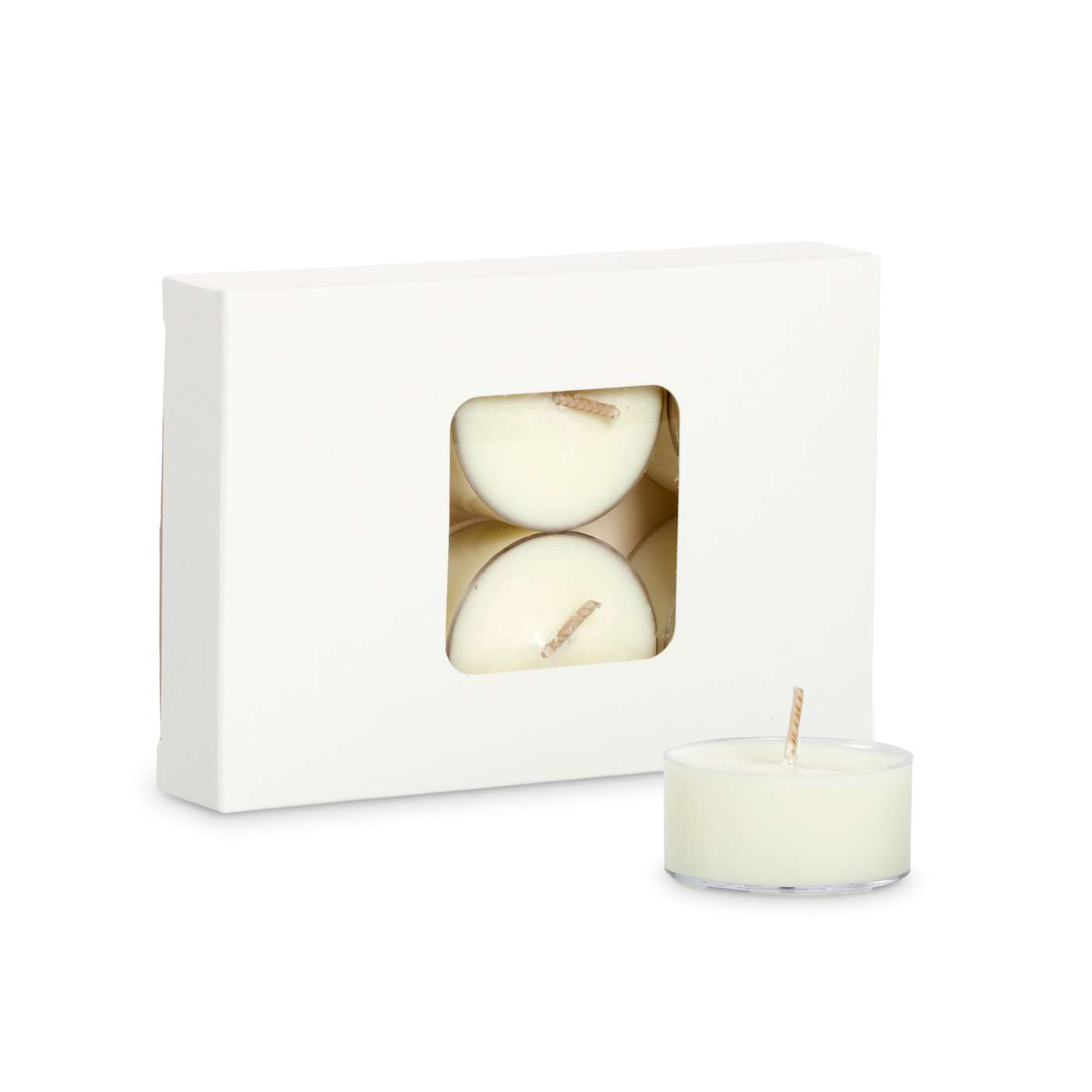From Wick to Wax: Comprehending the Chemistry Behind Soy Wax Candles and Their Ecological Impact
As we brighten our rooms with the warm glow of candle lights, there lies a world of complex chemistry behind the apparently easy act of lighting a soy wax candle. The selection between soy and paraffin wax extends past simple aesthetics, diving into the world of ecological effect and the very structure of the materials. Comprehending the molecular structure of soy wax and its combustion process clarifies the emissions released right into our surroundings. Join us as we decipher the clinical complexities behind soy wax candles and explore their implications on our setting.
Soy Wax Vs. Paraffin Wax
When comparing soy wax and paraffin wax for candle light production, it is crucial to recognize the unique features and benefits of each material. Soy wax is an all-natural, renewable energy originated from soybean oil, making it eco-friendly and environment-friendly - crystal soy candles. On the other hand, paraffin wax is a result of oil refining, which increases issues concerning its ecological influence and sustainability
Soy wax candles burn cleaner and release much less residue compared to paraffin wax candles, making them a much healthier option for interior air top quality. Additionally, soy wax has a reduced melting point, enabling for a longer-lasting candle light that spreads fragrance better. Paraffin wax, on the various other hand, tends to melt faster and less cleanly, possibly releasing harmful chemicals into the air.
From a sustainability viewpoint, soy wax is favored for its biodegradability and eco-friendly sourcing, lining up with the growing customer preference for environmentally mindful products. While paraffin wax has been a typical choice in candle light making as a result of its cost and simplicity of use, the shift in the direction of eco-friendly alternatives like soy wax is acquiring momentum in the industry.
Chemical Structure of Soy Wax

Burning Refine in Soy Candles
The chemical make-up of soy wax directly affects the burning process in soy candle lights, influencing variables such as melt time, aroma launch, and environmental influence. When a soy candle is lit, the heat from the fire thaws the wax near the wick.
The combustion performance of soy candle lights is influenced by the pureness of the soy wax and the top quality of the wick. Furthermore, soy wax candle lights have a lower ecological impact compared to paraffin candles due to their sustainable and biodegradable nature.

Ecological Benefits of Soy Wax

Taken into consideration a lasting alternative to typical paraffin wax, soy wax supplies significant ecological benefits that make it a preferred choice amongst eco-conscious consumers. Soy wax burns cleaner and creates much less soot than paraffin wax, adding to much better indoor air high quality and reducing the requirement for cleaning and upkeep. In general, the ecological advantages of soy wax align with the growing need for sustainable and environmentally friendly items in the market.
Recycling and Disposal Factors To Consider
Reusing and correct disposal of soy wax candle lights play a critical duty in preserving ecological sustainability and lowering waste in families and areas. When it comes to recycling soy wax candle lights, the very first action is Your Domain Name to make sure that the candle has burned totally.

In regards to disposal, if recycling is not a choice, soy wax candles are naturally degradable and can be safely thrown away in the majority of house waste systems. It is constantly recommended to inspect with regional recycling centers or waste administration services for certain standards on candle disposal to guarantee proper handling and ecological defense.
Conclusion
To conclude, the chemistry behind soy wax candles discloses their ecological advantages over paraffin wax candle lights. Soy wax, stemmed from soybean oil, burns cleaner and produces much less residue when contrasted to paraffin wax. The combustion procedure in soy candles is a lot more effective, causing a longer and a lot more even melt. Additionally, soy wax is eco-friendly and biodegradable, visit making it an extra sustainable choice for candle production. Reusing and appropriate disposal of soy wax candle lights better add to their environmental impact.
When contrasting soy wax and paraffin wax for candle light production, it is crucial to comprehend the distinctive characteristics and benefits of each product (soy wax candles).Soy wax candles burn cleaner and discharge less residue compared to paraffin wax candles, making them a much healthier option for interior air top quality.Taken into consideration a lasting alternative to standard paraffin wax, soy wax provides significant ecological advantages that make it a prominent selection among eco-conscious customers. Soy wax burns cleaner and creates much less soot than paraffin wax, adding to better indoor air top quality and reducing the demand for cleansing and maintenance.In final thought, the chemistry have a peek at these guys behind soy wax candles exposes their environmental advantages over paraffin wax candles